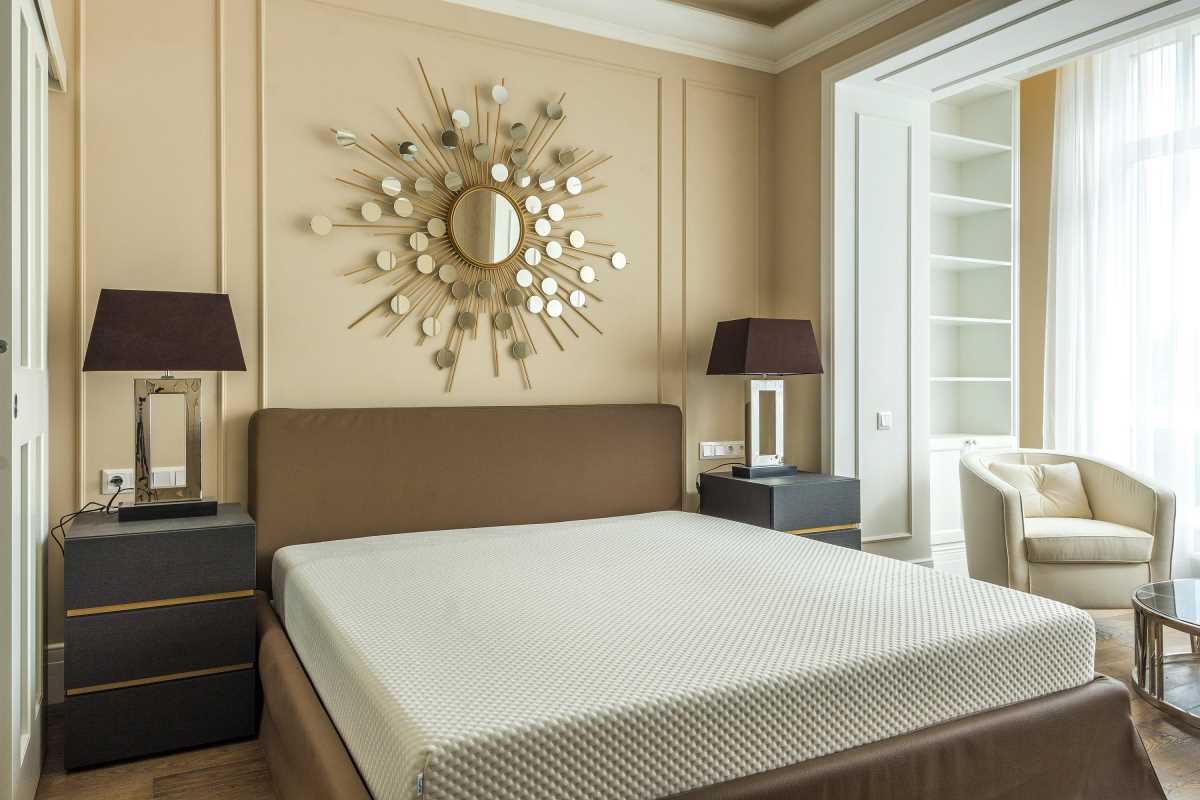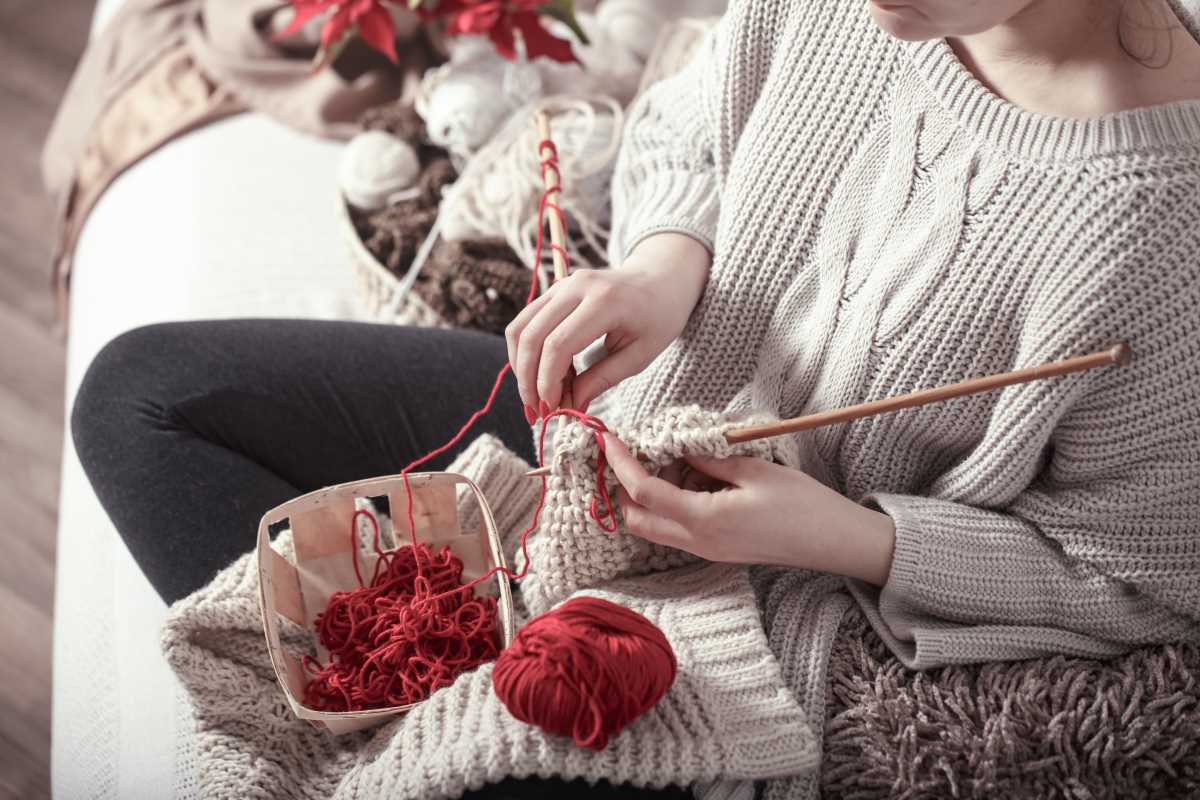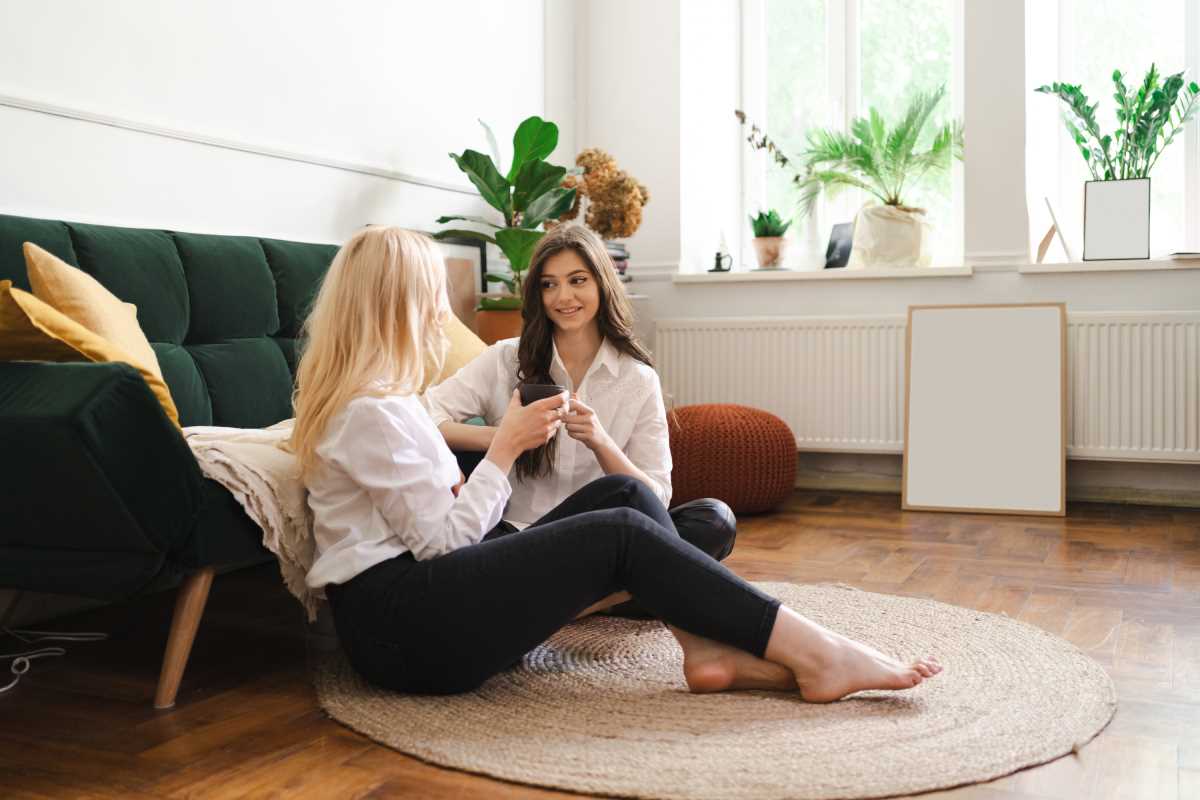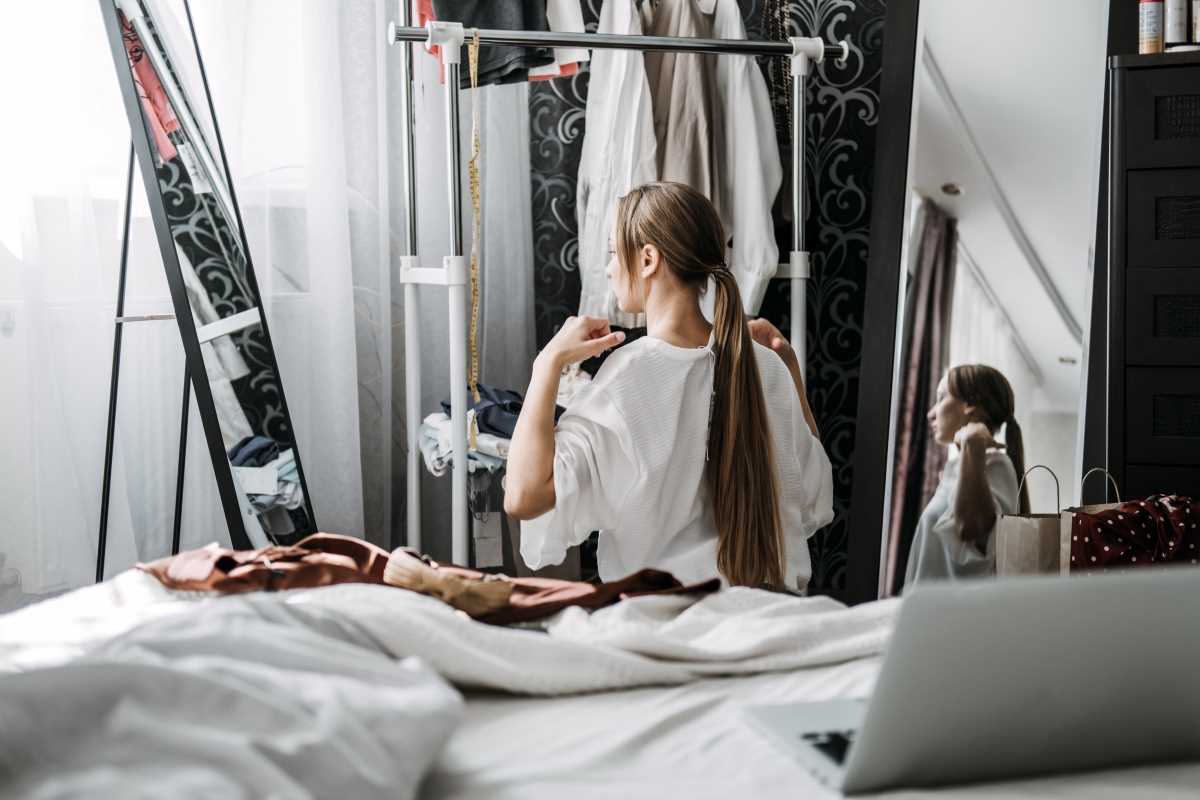Refreshing a living space starts with more than simply changing out the furniture; it involves rethinking how each object supports a sense of calm and order. When you pay attention to uncluttered surfaces and arrange furnishings with care, you create a setting that feels spacious and inviting. Every detail, from the way books line a shelf to the light that fills a corner, can add to an atmosphere of ease and purpose. This thoughtful approach helps every room feel more balanced, making it easier to relax and enjoy the surroundings you call home.
Spaces that breathe bring energy into daily routines. When you remove anything that doesn’t spark an immediate sense of purpose or delight, you invite a sense of flow into your home. This isn’t about empty rooms; it’s about each piece earning its place in a design that feels both lively and soothing.
Exploring minimalist decor can shift your focus from possessions toward living moments. Imagine a sofa that invites cascading sunlight or shelving that highlights only a few cherished objects. Clearing visual clutter means your eye lands on meaningful shapes, colors, and textures that tell your story without distraction.
Clear Steps to Achieve Simplicity
- Decluttering Zones
- Purpose: Carve distinct areas for relaxing, working, and socializing.
- Step-by-step:
- Sketch your room’s footprint on paper.
- Assign each segment a primary function.
- Remove all items outside those functions.
- Cost/Metric: Free using scrap paper; provides a clear plan.
- Insider tip: Label taped-off floor zones before moving furniture to stay organized.
- Curated Color Palette
- Purpose: Unify different pieces under a simple scheme.
- Step-by-step:
- Choose a foundational hue for walls or large textiles.
- Pick one accent shade that appears in multiple objects.
- Introduce one natural tone — wood or stone.
- Cost/Metric: Sample pots for under $5 each; helps avoid repainting mistakes.
- Insider tip: Test samples on cardboard swatches to see how they look in morning and evening light.
- Essential Furniture Selection
- Purpose: Balance comfort with openness.
- Step-by-step:
- Identify items you use daily.
- Measure each piece against room dimensions.
- Sell or donate anything that crowds floor space.
- Cost/Metric: Secondhand platforms can recover 30–50% of original price; supports sustainable updates.
- Insider tip: Opt for furniture with legs to keep sight lines clear beneath seating.
- Layered Textures
- Purpose: Prevent starkness while keeping simplicity.
- Step-by-step:
- Gather three textures — soft throw, woven basket, sleek ceramic.
- Place each in different areas.
- Rotate or swap one texture seasonally.
- Cost/Metric: Small accents start around $10; encourages tactile interest.
- Insider tip: Position woven items in corners or alcoves to add warmth without clutter.
- Intentional Accessory Display
- Purpose: Showcase a few meaningful items while avoiding overcrowding.
- Step-by-step:
- Collect up to five objects with personal value.
- Group them by theme or color.
- Place them on a single shelf or tabletop.
- Cost/Metric: Zero if you use existing items; transforms ordinary shelves.
- Insider tip: Keep a hidden drawer for rotating pieces to update displays monthly.
Create a Calm Atmosphere with Thoughtful Details
Purposeful lighting and greenery can change an area’s mood with minimal expense. A single floor lamp or well-placed potted plant introduces life into corners that once felt cold or cluttered. You don’t need elaborate setups—just one warm bulb and a low-maintenance fern or succulent.
Choose lighting fixtures with slim profiles and neutral finishes to keep sight lines open. Pots in soft clay tones or simple concrete planters add character without pulling focus. By adding organic elements into an otherwise pared-back environment, you cultivate a subtle balance between nature and structure.
Tips to Personalize Your Space
Infuse your space with meaningful accents like framed photos, curated books, or a decorative bowl as a focal point. Create cozy zones—a reading nook with a textured rug, floor pillow, and a pop of color to tie it into your overall palette. Add contrast through selective furniture or patterns, keeping only what brings joy or utility. This balance of personality and minimalism makes your home both inviting and serene.
 (Image via
(Image via





